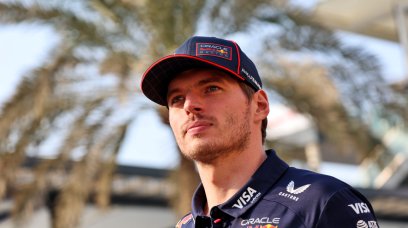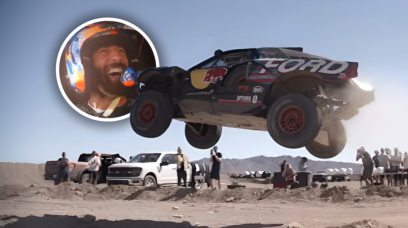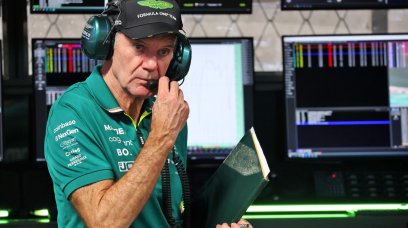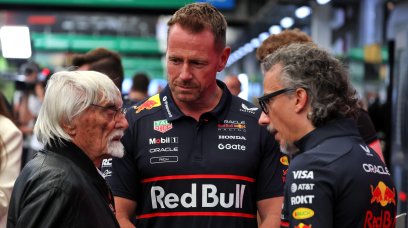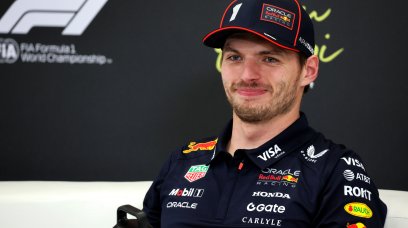The FIA has introduced a new rule regarding double yellow flags with immediate effect. This weekend's Monaco Grand Prix will see drivers required to meet a set speed limit in areas where double yellow flags are being displayed. Previously, competitors were guided by regulations to 'slow down, not overtake and be prepared to stop' in such cases. But a number of scenarios in recent years have highlighted flaws with the system - notably Max Verstappen's qualifying effort at the 2021 Qatar Grand Prix resulting in a grid penalty. But the Virtual and full Safety Car delta times will be 'reset' for drivers, who will be forced to slow even further to increase safety during race events. “Under a Virtual Safety Car, when a driver enters the double yellow, what he sees on the dashboard is zero, so the delta time resets, and he then has to drive below the new speed limit," detailed FIA Head of F1 Electronics Olivier Hulot. "They again get a positive or negative delta relative to that speed limit. So it’s the same principle as before, except that it's specific to a double yellow zone.”
Drivers will be prepared for the 'slow zone', with a warning set to be shown on their steering wheel dashboard displays and by radio tones. “We have already brought in a system of warnings for yellow and double yellow," Hulot explained. "The driver gets a warning in the marshalling sector ahead of the yellow or the double yellow. That has been successful already and will help with the new system.”
Will some drivers be unfairly disadvantaged?
In the case of a VSC, an incident could be cleared before certain drivers reach the affected zone, meaning they would not need to slow as much as those who had already passed through the area. This could skew time gaps when green flag racing gets back underway. “Loss of performance relative to others – if a car goes through a double yellow, but not another one and that car has to slow down, it is losing time relative to rivals. "However, for the FIA safety is paramount and when there is a hazard on the track or marshals on track then we have to minimise the risks no matter what.”
Most read
